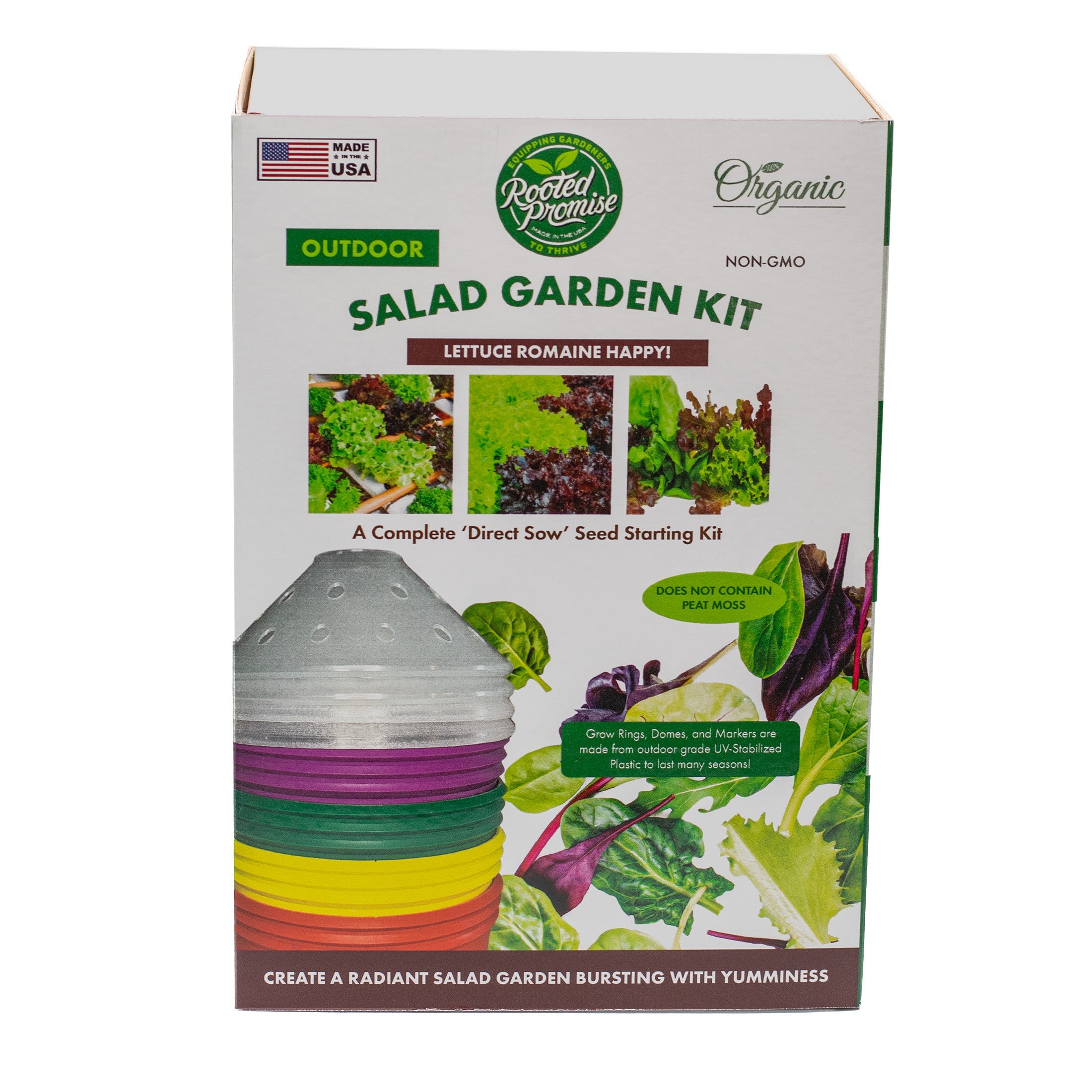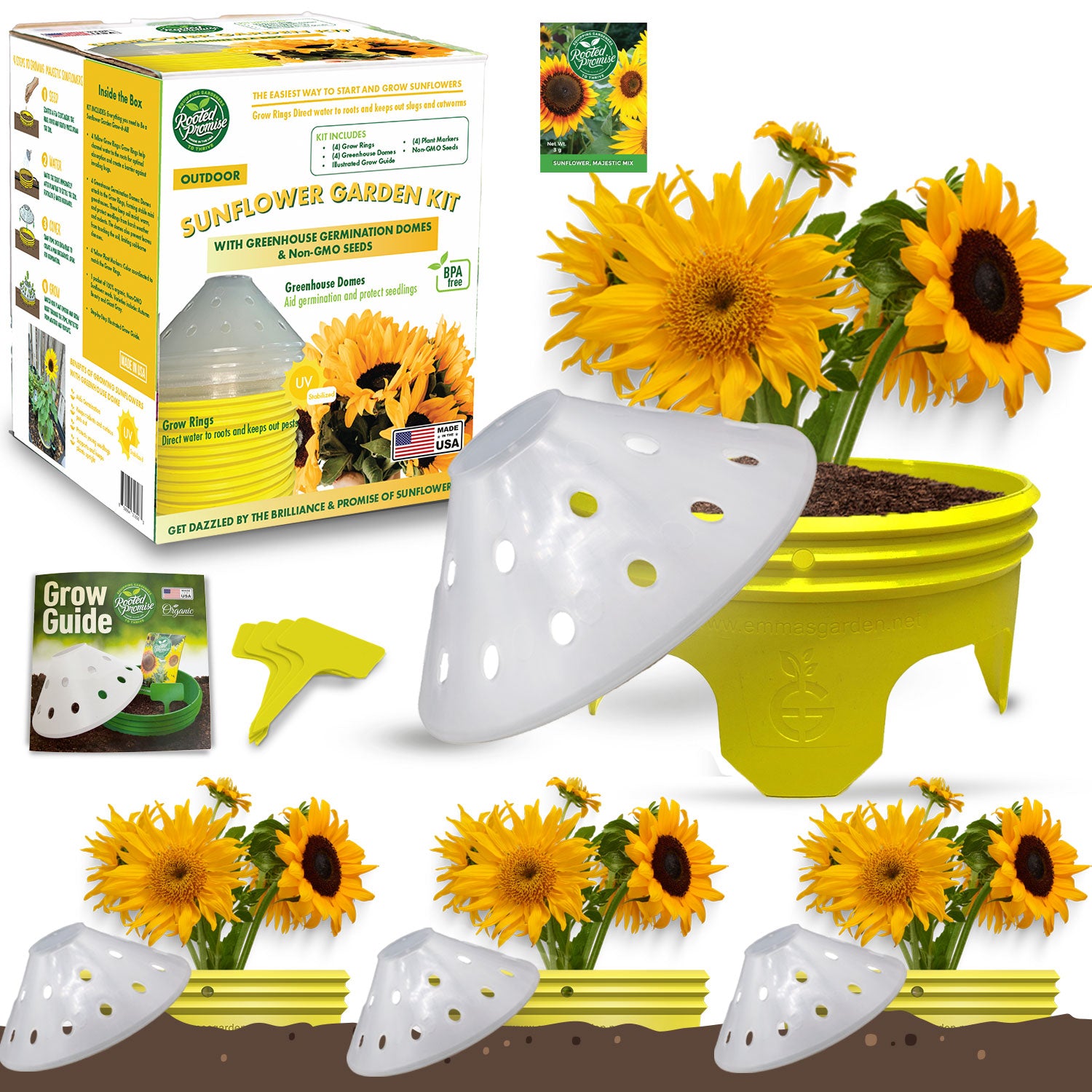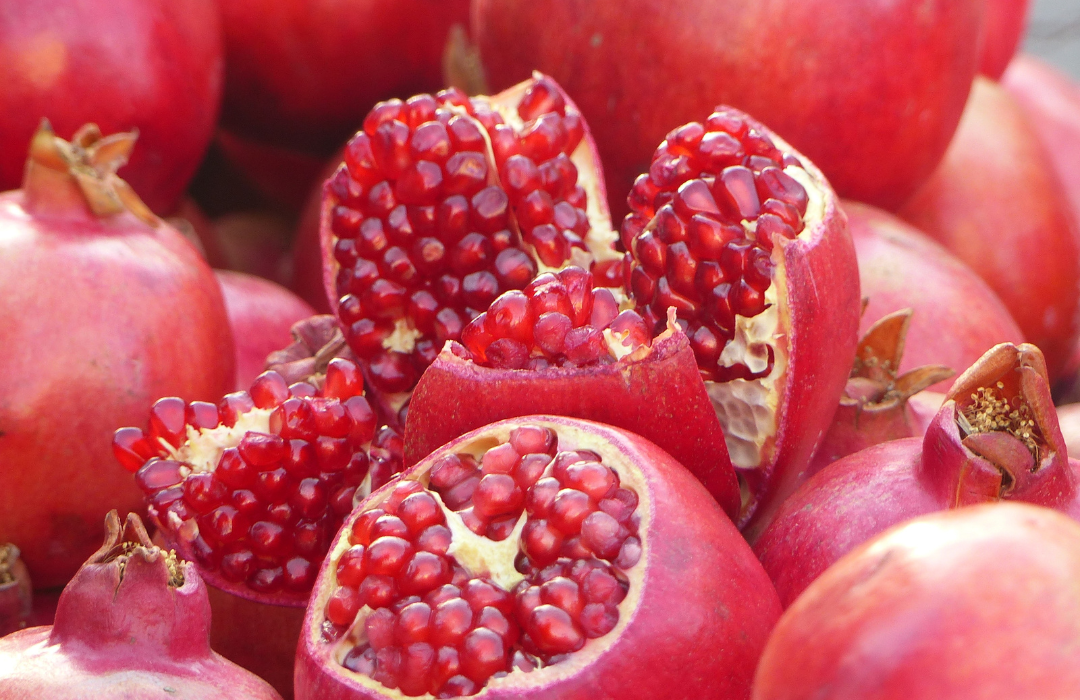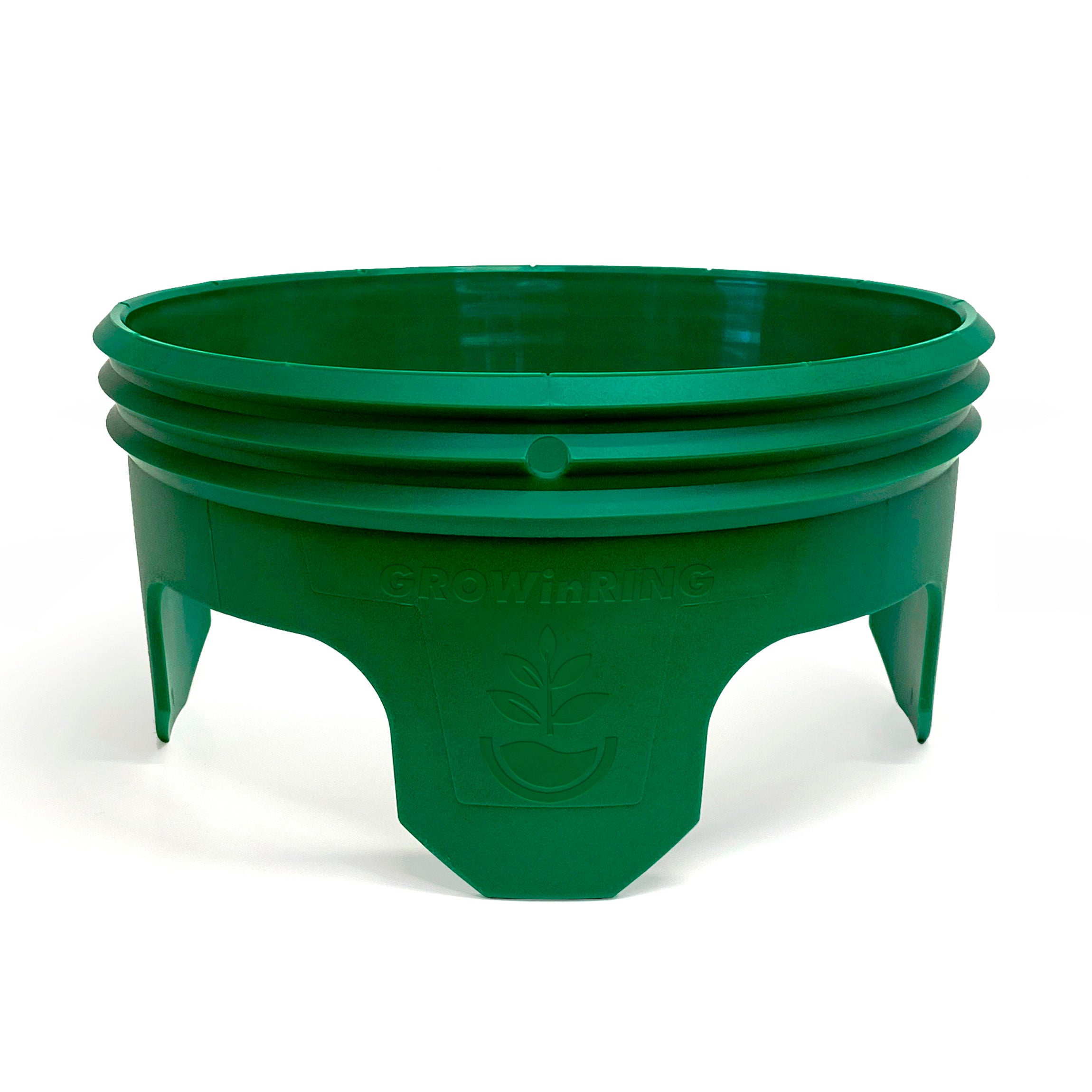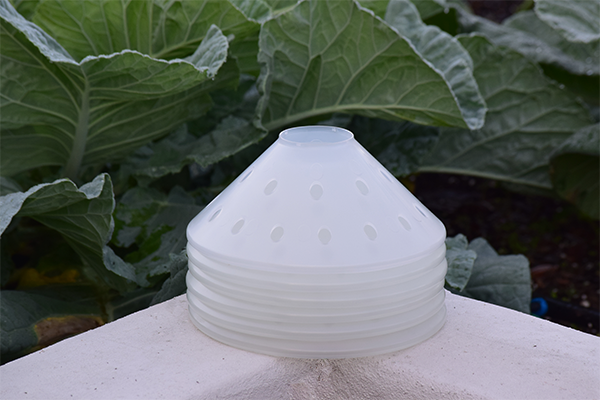Introduction
Hey there, fruit lovers! If you’re looking to add a touch of the exotic to your garden, you’re in for a treat. Growing your own exotic fruits at home is not only a fun and rewarding experience but also a great way to impress your friends and family with unique flavors straight from your garden.
Today, we’re diving into the world of unusual and delicious fruits that you can grow right in your backyard. From figs to kiwis to pomegranates, we’ve got you covered with tips on growing conditions and care. So, let’s get started!
Table of Content
- Fig-tastic Figs
- Kooky for Kiwis
- Pomegranate Power
- Exotic Berries: Goji and Acai
- Dragon Fruit: The Exotic Cactus
- Conclusion
Fig-tastic Figs

First up, let’s talk about figs. These sweet, succulent fruits have been enjoyed for thousands of years and for good reason. Figs are not only delicious but also packed with nutrients and antioxidants. The best part? They’re relatively easy to grow at home, even if you don’t have a huge garden.
Figs thrive in warm, sunny climates, but they can also be grown in containers if you live in cooler regions. The key to growing healthy fig trees is to provide them with plenty of sunlight—at least six to eight hours a day. They prefer well-draining soil, so make sure your pot or garden bed has good drainage.
When planting figs, choose a variety that suits your climate. Some popular varieties include the ‘Brown Turkey,’ which is hardy and adaptable, and the ‘Black Mission,’ known for its rich, sweet flavor. If you’re planting in a container, opt for a dwarf variety to keep the tree manageable.
Water your fig tree regularly, especially during the growing season, but be careful not to overwater. Figs are drought-tolerant once established, but young trees need consistent moisture. Mulching around the base can help retain moisture and keep the roots cool.
Figs typically produce fruit in late summer to early fall. When the fruit is ripe, it will be soft to the touch and slightly drooping. Harvesting figs at their peak ripeness ensures the best flavor—simply twist the fruit gently to remove it from the stem.
Kooky for Kiwis

Next on our list of exotic fruits is the kiwi. These fuzzy, brown fruits with their vibrant green flesh and tiny black seeds are a delight to eat and surprisingly easy to grow at home. Kiwis prefer a sunny location with well-draining soil and a bit of space to sprawl, as they’re vigorous climbers.
There are two main types of kiwi: the hardy kiwi, which can tolerate colder climates, and the fuzzy kiwi, which is more common in warmer regions. Hardy kiwi varieties, such as ‘Anna’ and ‘Issai,’ can withstand temperatures as low as -25°F, making them suitable for more northern gardeners.
Kiwis are dioecious, meaning you’ll need both a male and a female plant to produce fruit. One male plant can pollinate several females, so you don’t need an equal number of each. Plant them in pairs or small groups to ensure good pollination.
Train your kiwi vines to grow on a sturdy trellis or arbor, as they can become quite heavy with fruit. Pruning is essential to keep the vines manageable and productive. Prune in late winter or early spring before new growth begins, removing any dead or weak wood and cutting back the previous year’s growth to encourage new shoots.
Kiwis typically take a few years to start producing fruit, but the wait is worth it. Harvest time usually comes in late fall when the fruits are fully sized and slightly soft to the touch. Enjoy your homegrown kiwis fresh, in smoothies, or as a tangy addition to salads.
Pomegranate Power

Pomegranates are another fantastic exotic fruit to grow at home. These vibrant red fruits are filled with juicy seeds that burst with flavor and are packed with antioxidants. Pomegranates thrive in hot, dry climates and are surprisingly drought-tolerant once established.
When choosing a spot for your pomegranate tree, select a sunny location with well-draining soil. Pomegranates can tolerate a range of soil types but prefer a slightly acidic to neutral pH. If you live in a cooler climate, consider growing your pomegranate in a container that can be moved indoors during the winter.
Some popular pomegranate varieties include ‘Wonderful,’ known for its large, sweet-tart fruit, and ‘Angel Red,’ which produces smaller, sweeter seeds. Dwarf varieties, such as ‘Nana,’ are perfect for container growing and smaller gardens.
Pomegranates need regular watering during the first few years to establish a strong root system. Once established, they’re quite drought-tolerant but will produce better fruit with consistent moisture. Mulching around the base of the tree helps retain moisture and regulate soil temperature.
Pomegranates typically start producing fruit within two to three years. The fruits are ready to harvest when they reach their full color and make a metallic sound when tapped. To harvest, cut the fruit from the tree with pruning shears to avoid damaging the branches.
Exotic Berries: Goji and Acai
If you’re a fan of superfoods, why not try growing goji berries or acai berries in your garden? These nutrient-packed fruits are not only trendy but also a fun addition to your exotic fruit collection.
Goji Berries thrive in full sun and well-draining soil. They’re hardy plants that can tolerate a wide range of climates, making them suitable for many home gardens. Goji berries are relatively low maintenance, needing only regular watering and occasional pruning to keep them in shape. They produce small, bright red berries that are perfect for adding to smoothies, cereals, or simply snacking on.

Acai Berries are a bit more challenging to grow, as they require a tropical climate. However, if you live in a warm, humid region, acai palms can be a rewarding addition to your garden. Acai palms prefer well-draining, sandy soil and need plenty of water to thrive. These palms can take a few years to start producing fruit, but the antioxidant-rich berries are well worth the wait.

Dragon Fruit: The Exotic Cactus

Dragon fruit, also known as pitaya, is a stunning exotic fruit that grows on a cactus. With its vibrant pink or yellow skin and speckled flesh, dragon fruit is as beautiful as it is delicious. It’s perfect for adding a tropical touch to your garden.
Dragon fruit cacti prefer warm, sunny climates and well-draining soil. They can be grown in the ground or in containers, making them versatile for different garden sizes. If you’re growing dragon fruit in a container, make sure it’s large enough to accommodate the cactus’s root system.
Dragon fruit cacti are climbers, so provide them with a sturdy trellis or support structure. Water regularly but allow the soil to dry out between waterings, as these cacti are susceptible to root rot. Fertilize with a balanced, low-nitrogen fertilizer to promote healthy growth and fruit production.
Dragon fruit typically blooms in the summer, producing large, fragrant flowers that open at night. The fruit follows a few weeks later, ready to harvest when it’s fully colored and slightly soft to the touch. Enjoy dragon fruit fresh, in smoothies, or as a stunning addition to fruit salads.
Conclusion
There you have it—some of the coolest and most exotic fruits you can grow at home. Whether you’re adding the sweet, luscious figs to your garden, training kiwi vines up a trellis, or enjoying the vibrant seeds of a pomegranate, these unique fruits will add a delightful twist to your gardening experience. And who knows? You might just become the talk of the neighborhood with your impressive and delicious homegrown harvests.
We hope this guide inspires you to explore the world of exotic fruits and take your garden to the next level.

